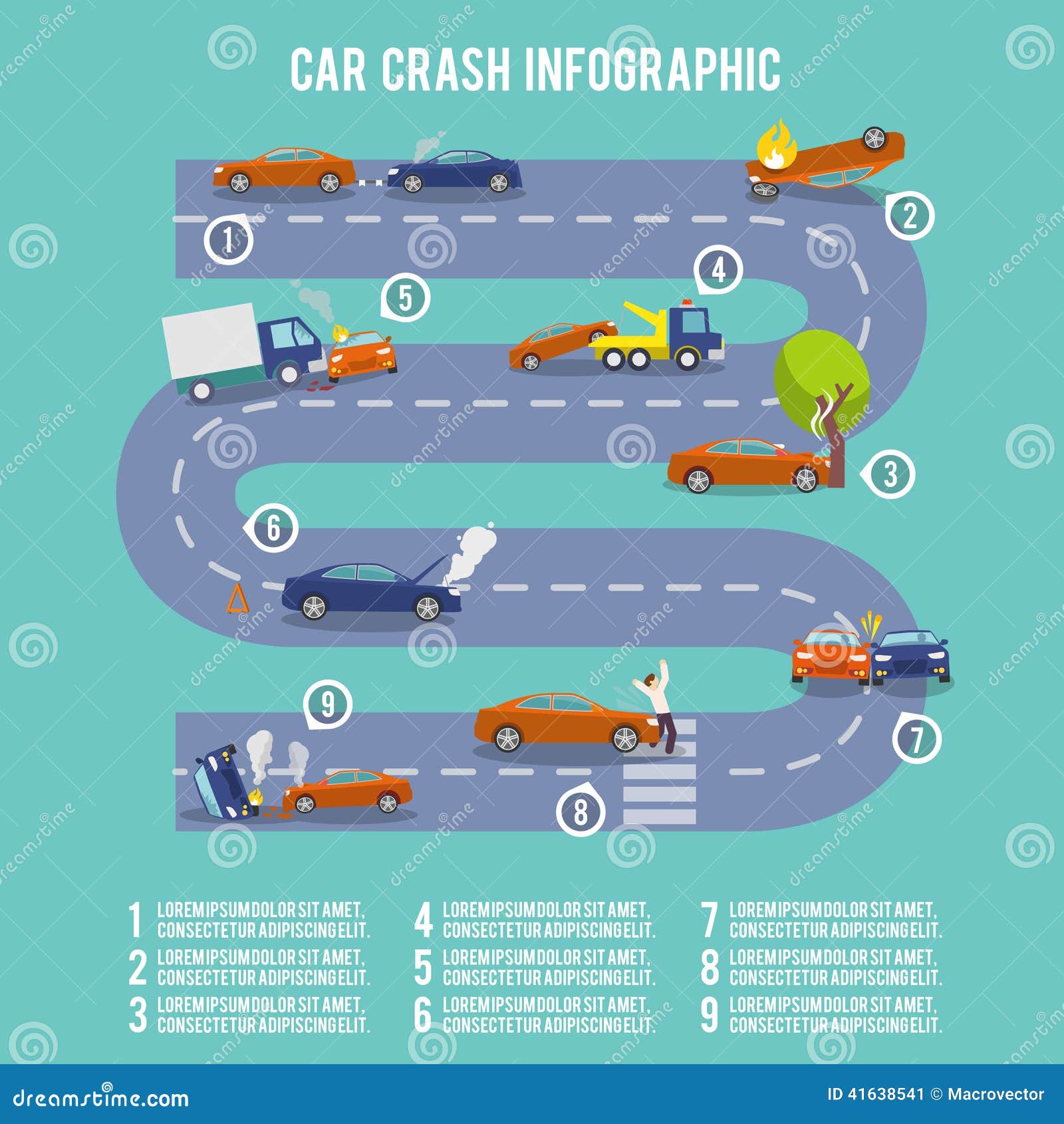Want To Find Out More Regarding The Warning Lights On Your Control Panel? Uncover What They Show Concerning Your Vehicle'S Health And Wellness
Want To Find Out More Regarding The Warning Lights On Your Control Panel? Uncover What They Show Concerning Your Vehicle'S Health And Wellness
Blog Article
Authored By- https://chancezqgwm.blog-eye.com/32228251/incredibly-practical-mobile-car-describing-services-not-just-conserve-you-time-and-money-however-likewise-enhance-your-vehicle-s-durability-find-how-they-can-change-your-routine
When you're behind the wheel, those glowing caution lights on your dashboard can be a little bit complicated. Do you know what they're attempting to inform you regarding your vehicle's health and wellness? Comprehending the value of these lights is essential for your safety and security and the durability of your automobile. So, the following time among those lights turns up, wouldn't you intend to decode its message accurately and take the required actions to address it?
Common Caution Lights and Interpretations
Identify common warning lights in your automobile and recognize their definitions to make certain secure driving.
The most common warning lights consist of the check engine light, which indicates concerns with the engine or emissions system. If this light begins, it's important to have your car inspected promptly.
The oil stress alerting light shows reduced oil stress, calling for prompt attention to stop engine damage.
A flashing battery light could recommend a faulty billing system, possibly leaving you stranded if not addressed.
The tire pressure monitoring system (TPMS) light alerts you to low tire stress, influencing car stability and gas effectiveness. Ignoring this can bring about risky driving problems.
The abdominal muscle light shows a problem with the anti-lock braking system, compromising your ability to quit swiftly in emergency situations.
Last but not least, the coolant temperature level alerting light warns of engine overheating, which can cause serious damage if not solved promptly.
Comprehending these usual caution lights will aid you deal with concerns immediately and keep secure driving problems.
Importance of Prompt Attention
Comprehending the typical caution lights in your vehicle is only the first step; the value of quickly dealing with these cautions can not be stressed enough to ensure your security on the road.
When a caution light illuminates on your control panel, it's your vehicle's means of connecting a potential concern that requires interest. Disregarding these warnings can result in extra extreme issues in the future, endangering your safety and potentially costing you extra out of commission.
Trigger attention to cautioning lights can prevent break downs and accidents. As an example, a flashing check engine light could suggest a misfire that, if left neglected, could create damage to the catalytic converter. Resolving this immediately can save you from an expensive repair service.
Similarly, a brake system warning light might indicate low brake fluid or used brake pads, crucial components for your security when driving.
DIY Troubleshooting Tips
If you discover a caution light on your dashboard, there are a couple of DIY fixing pointers you can attempt prior to seeking professional aid.
The very first step is to consult your cars and truck's guidebook to recognize what the specific warning light suggests. Sometimes the problem can be as easy as a loosened gas cap triggering the check engine light. Tightening the gas cap might solve the issue.
One more common problem is a reduced battery, which can set off different cautioning lights. Checking the battery connections for corrosion and guaranteeing they're safe might fix the trouble.
If a caution light continues, you can attempt resetting it by disconnecting the auto's battery for a couple of mins and afterwards reconnecting it. Additionally, inspecting your automobile's fluid levels, such as oil, coolant, and brake liquid, can help troubleshoot alerting lights related to these systems.
Conclusion
In conclusion, understanding your car's warning lights is essential for keeping your vehicle running smoothly and safely. By immediately dealing with these signals and knowing what they indicate, you can stay clear of expensive repair services and possible failures.
Remember to consult your cars and truck's manual for certain detail s on each cautioning light and take action appropriately to guarantee a trouble-free driving experience.
Remain educated, remain secure when traveling!
